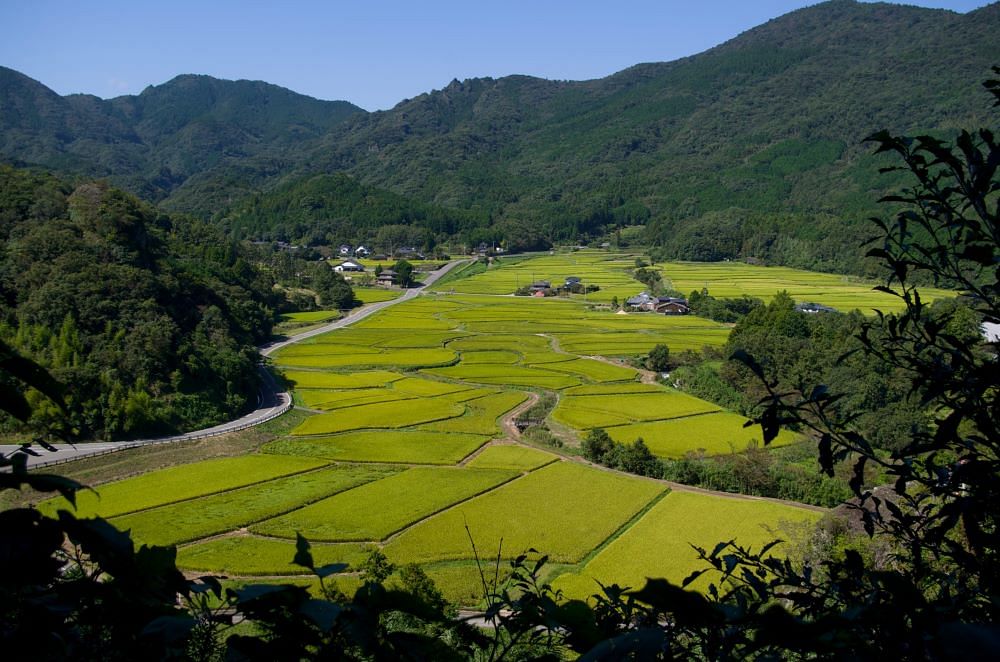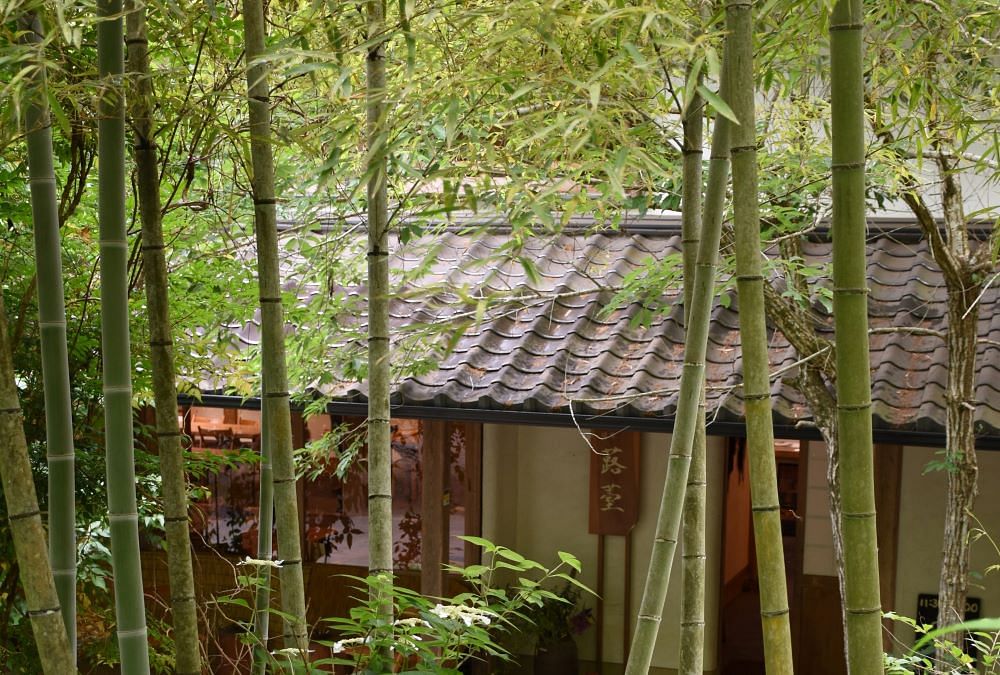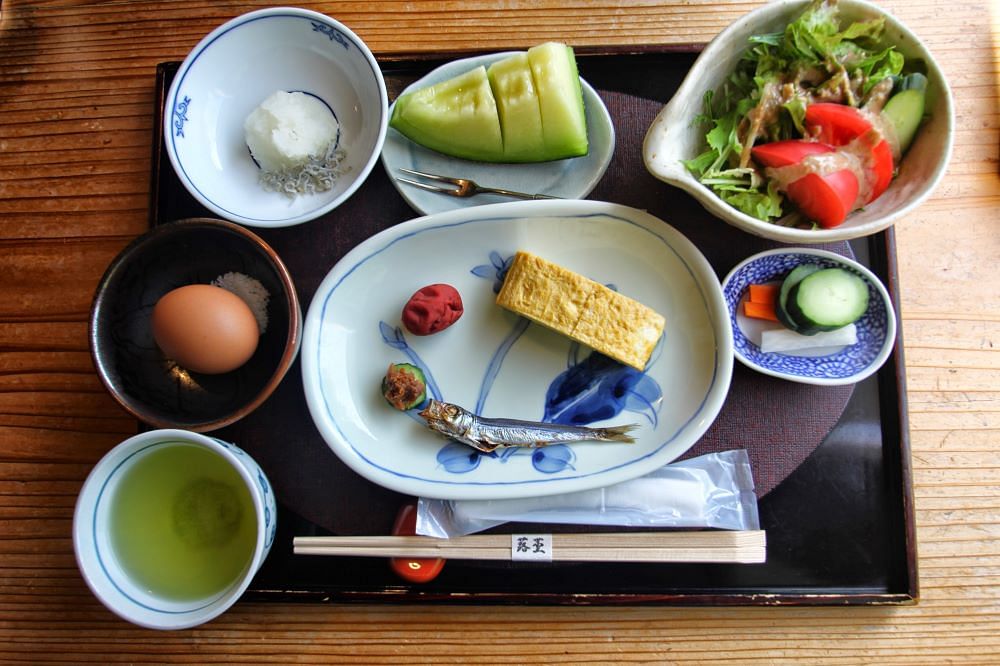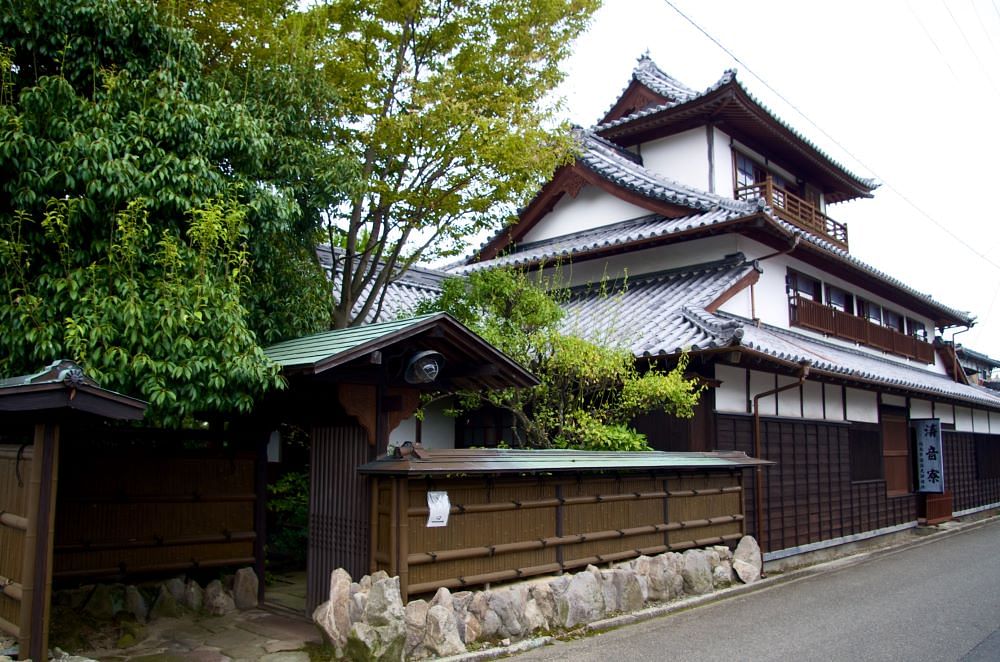Slow travel in Japan offers a new perspective on seeing the country
5 min readThe weather outside is frightful, thanks to a freak cold snap. But it is toasty indoors, where we are sitting cross-legged on tatami mats around a low Japanese dining table.
We are a motley crew of 11 travellers from the United States, the United Kingdom, Sweden, and Singapore on a walking tour of the Kunisaki Peninsula in Kyushu, run by travel company Walk Japan. But because of the unseasonably frigid temperatures on this late autumn morning, our hike has temporarily been shelved. Instead, we are content to seek shelter in this traditional Japanese home belonging to Et-chan, a sprightly 82-year-old grandmother.
<!–
–>
She bustles around her cosy space, pouring freshly brewed o-cha tea and urging us to eat the freshly plucked mikan (Japanese tangerines) and assorted snacks she has set out for us.
Through our guide and interpreter, Jonathan Finger, an Australian who has lived in Japan for nine years, we learn she is a shitake mushroom farmer and is old friends with Walk Japan’s chief executive officer, Paul Christie. As she says, they met more than a decade ago when she chanced upon Christie “wandering through the woods” and took it upon herself to show him around her rural community.

These days, she hosts groups on Walk Japan’s tours several times a week, relishing how meeting people worldwide keeps her young at heart. We are hopelessly charmed by her zest for life, and it is such a pleasure to have a leisurely conversation with a friendly Japanese granny in the middle of this poetically beautiful countryside.
Taking the time to slow down
Like many Singaporeans, I am irresistibly drawn to Japan’s unique culture, delightful cuisine and stunning landscapes. But perhaps due to post-pandemic FOMO, many of my recent travels to the land of the rising sun have revolved around bustling city visits to popular destinations like Kyoto, Tokyo, and Osaka, where days and nights are a frenetic blur of theme park fast passes, harried shopping expeditions, and Michelin-starred meals.
In contrast, what Walk Japan offers through its walking tours that meander through pristine forests, rural farming landscapes, and ancient shrines is an opportunity to experience an authentic slice of countryside life. To bridge the language barrier in these lesser-known destinations, they work with guides proficient in both English and Japanese and have sufficient local experience to evocatively convey the cultural and historical context of the region.
During our four-night Kunisaki and Oita trip, we explore a region that was once one of the country’s main religious centres. Tucked away in the eastern corner of Japan’s Inland Sea, its forests, mountains, and valleys are dotted with atmospheric old shrines, many of which have remained largely unchanged over the centuries.

Best of all, many of these destinations are devoid of tourist hordes, allowing the thoughtful traveller to simply soak in the peaceful atmosphere.
What I grow to appreciate is how we are encouraged to take our time on our hikes, which is, in many ways, an apt introduction to the Japanese wellness concept of shinrin-yoku (forest bathing) to feel more connected to nature.
<!–
–>
At times, one has no alternative but to be extremely mindful, such as when we had to scramble up and back down a steep flight of uneven steps made of rough-cut stone deep in a forest. Miss your footing and you might just fall badly.
But tread carefully, and the reward at the end of the climb is the remarkable view of the 10th-century Kumano Magaibutsu, the largest Buddha relief carvings in Japan that are somehow hardly known to anyone outside the region. It makes us feel like intrepid explorers stumbling upon a hidden treasure of the ancient world.

Other stops, like the grand 1,300-year-old Usa Jingu shrine, which deifies the protector god of Japan, Hachiman, offer rare historical insight into how Buddhism and Shinto became intertwined and remain one of the most important Shinto shrines in the country.
Throughout the trip, we also get interesting glimpses into how pockets of this rural part of Japan — which, like other parts of Japan, is facing a declining and ageing population — is slowly being revitalised. For instance, in the port town of Imi, an old sake brewery has been restored and transformed into a gallery, shop, and cafe called Touinryo.
Walk Japan itself has been running a community project in the region, where it has several initiatives, such as purchasing and reimagining old Japanese buildings called akiya, assisting local farmers, doing forestry work, and maintaining public land.
Authentic hospitality
Even after the day’s hike, there is plenty to look forward to. We stay in charming traditional guesthouses that offer plenty of local character, from tatami mats and bedrolls that we sometimes have to set up on our own to communal onsen Japanese baths, which all guests have to use for daily ablutions since private bathrooms are rare in the countryside.

And, of course, traditional ryokan meals are always excitingly anticipated. The fresh, humble Japanese fare is always prepared with love using quality seasonal ingredients and with an array of dishes to sample, from homemade pickles to indulgent sashimi and a hot stew, there is always something interesting to discover.
Of particular note is the cosy Ryoan Fukinotou, run by the family of the abbot of the historic Fuki-ji shrine next to it. A stray cat roams freely in the guesthouse like it owns the place, adding to its homey vibe. We are especially impressed by the cuisine, which is lovingly prepared by one of the shrine’s monks.
<!–
–>
Knowing he makes the soba noodles from scratch makes eating this delicate dish cooked in a simple broth like a revelation. Every bite is savoured as we mindfully enjoy the taste and texture of our food — is this what meditation feels like?

The next morning, we rise at dawn for an actual meditation session with the same monk at the shrine. It is the oldest wooden building in Kyushu and is said to be made from a single tree. Set against an idyllic woodland backdrop, this designated national treasure was once a place of prayer for the priests of Usa Jingu Shrine and continues to evoke an aura of serenity.
With his gentle guidance, we still our bodies and minds, and it feels effortless to simply be present in the moment. The birds are chirping, the air is fresh, and we sit silently for half an hour, maybe more. But nobody really knows because we have stopped counting.
<!–
–>




